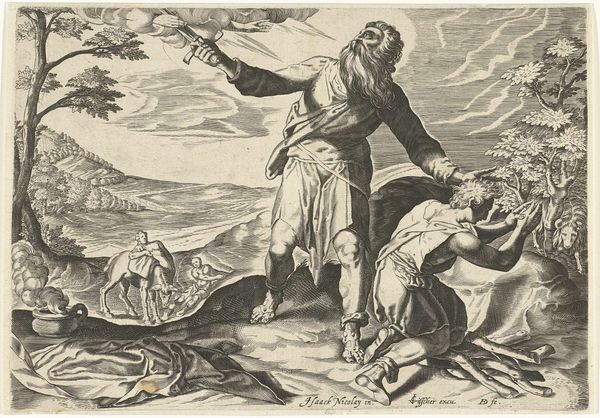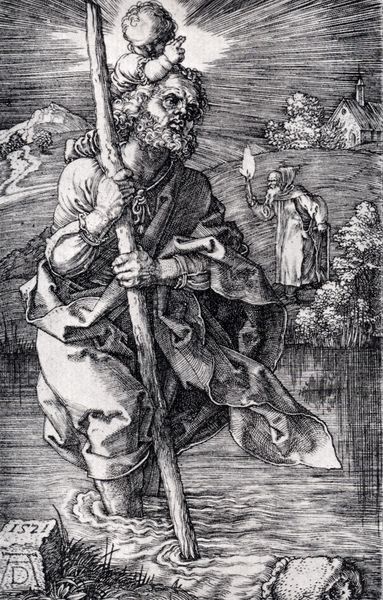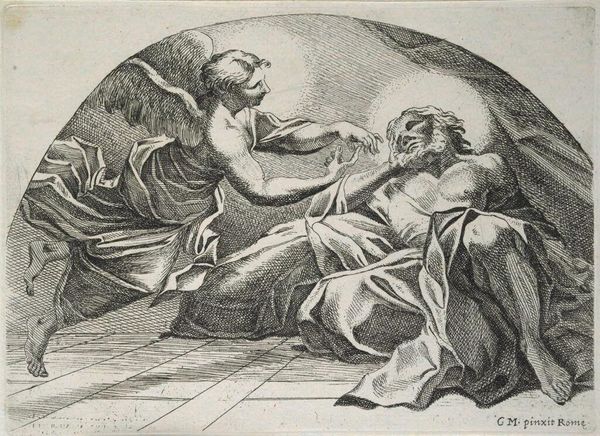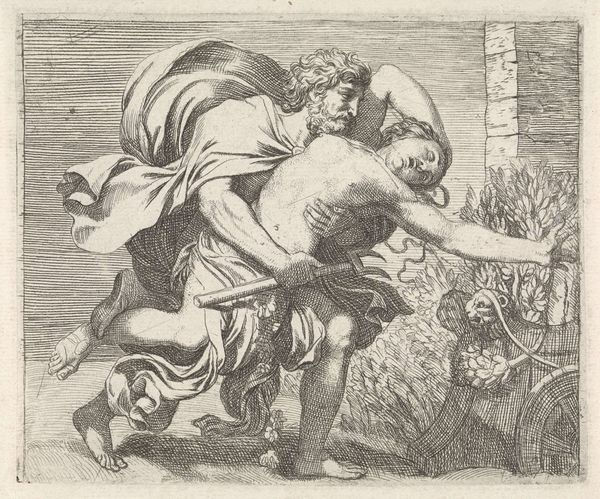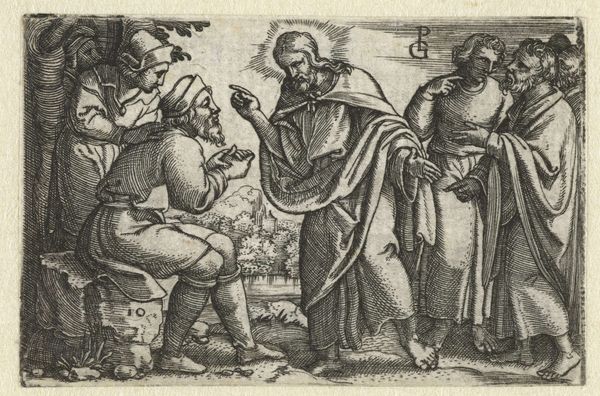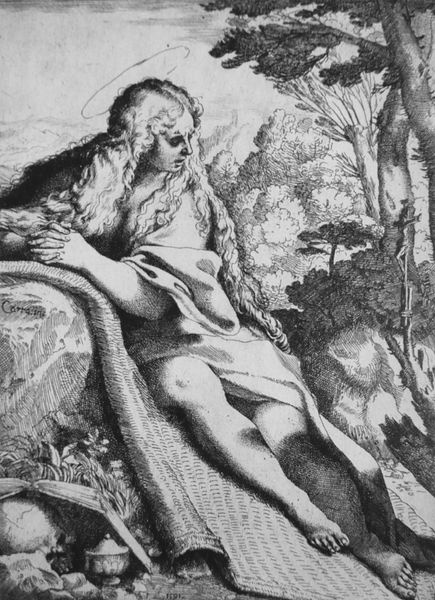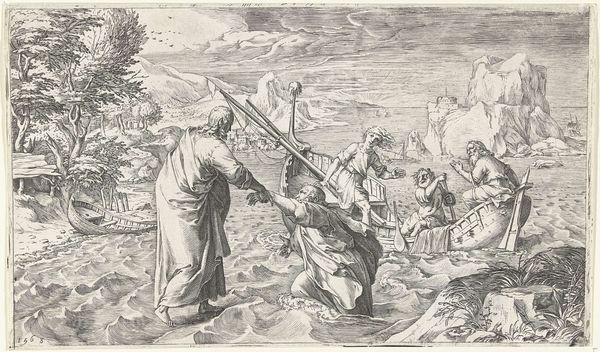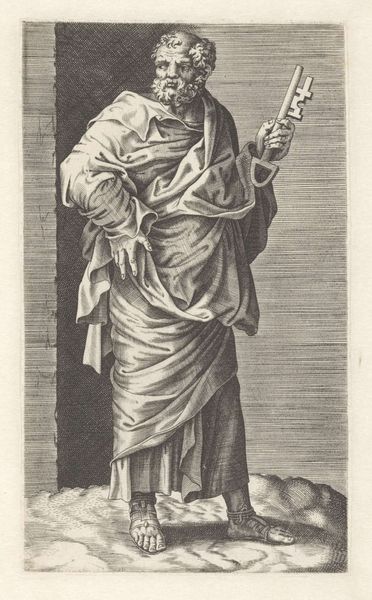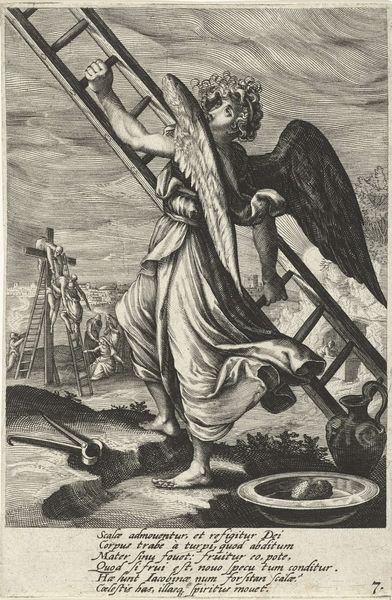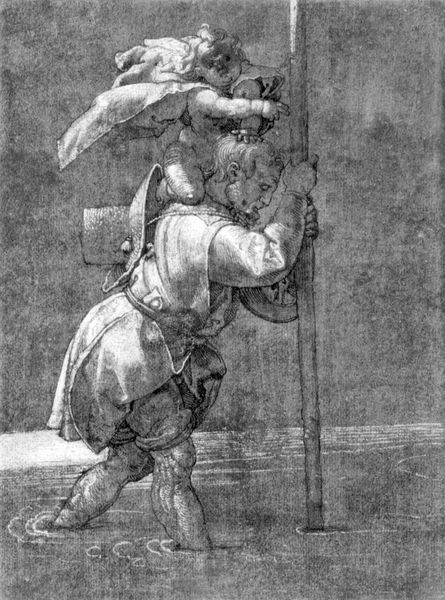
tempera, painting
#
tempera
#
painting
#
sculpture
#
landscape
#
charcoal drawing
#
figuration
#
christianity
#
history-painting
#
academic-art
#
italian-renaissance
#
early-renaissance
#
mixed media
Dimensions: 21 x 269 cm
Copyright: Public domain
Sandro Botticelli painted this panel of Saint John on Patmos around 1490, likely with tempera on wood. Botticelli made this painting in Florence during a period of great religious and political turmoil, with the zealous friar Savonarola holding sway over the city. Botticelli was a follower of Savonarola, and this panel reflects the intensity of the preacher’s apocalyptic vision. The artist makes use of the visual codes of the early Renaissance. In painting John on the island of Patmos, Botticelli draws on the traditional symbolism of the saint as a figure of contemplation and revelation. But this panel is also innovative for its time. The flattened landscape and muted colors create a somber, almost dreamlike quality. The saint himself, with his wild hair and intense gaze, is a figure of both power and vulnerability. To understand this work, we must look at the intellectual and religious climate of Florence in the late 15th century. Contemporary sermons, pamphlets, and letters can provide invaluable insights into the world of Botticelli and his contemporaries.
Comments
No comments
Be the first to comment and join the conversation on the ultimate creative platform.

